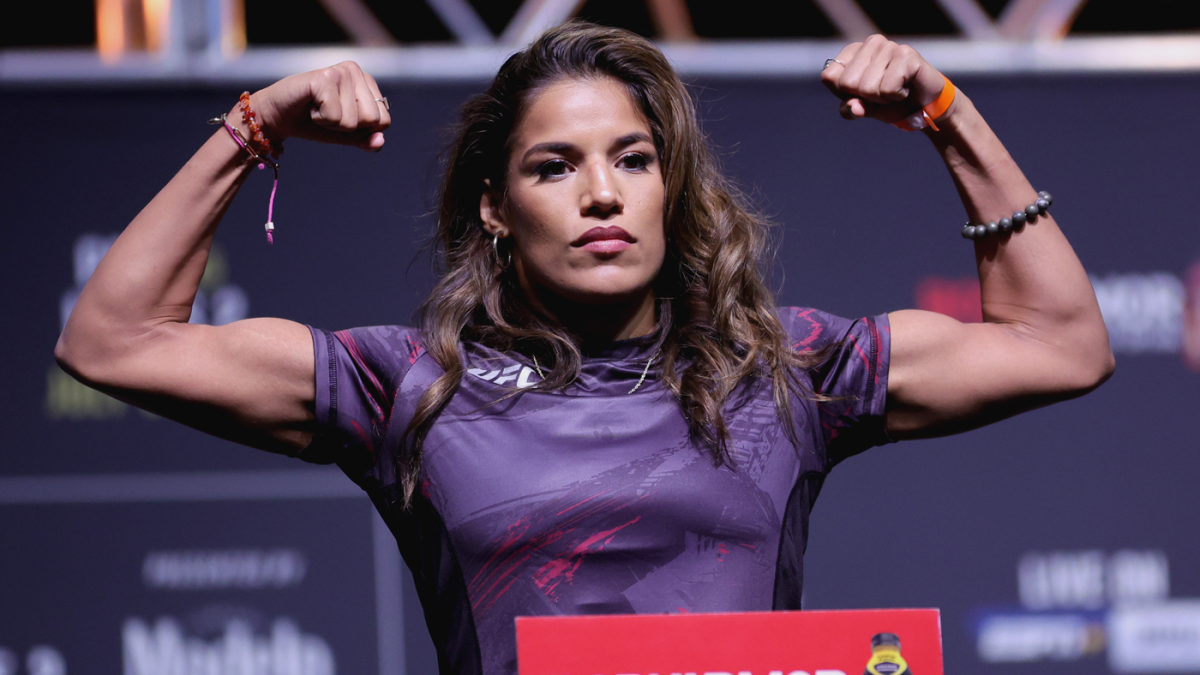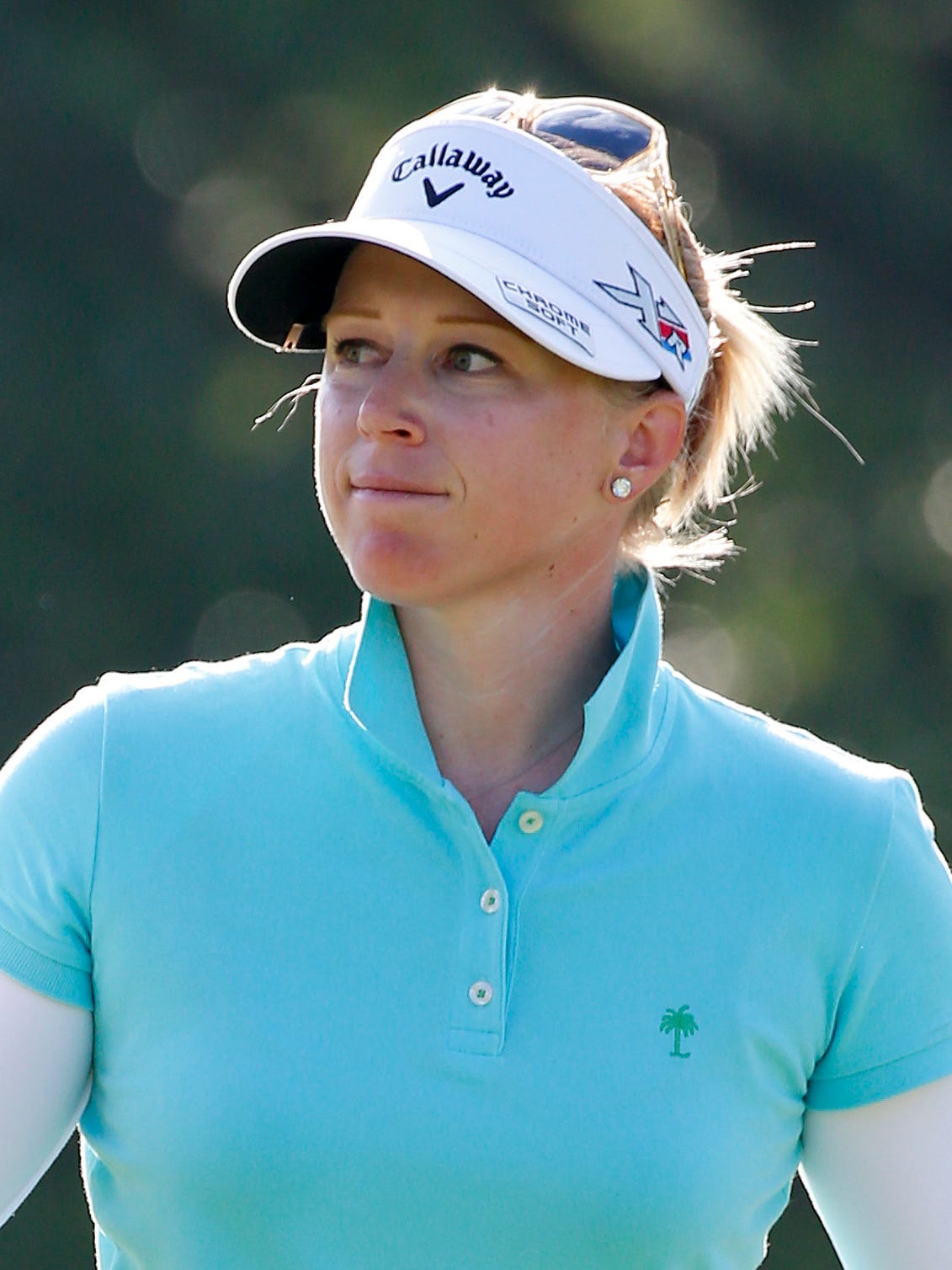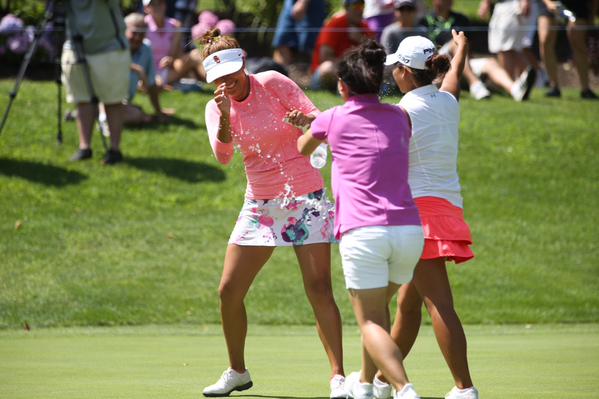
Fred Oliver is the name you will have heard of if your interest has been in soccer development in the United States. A Pawtucket Free Wanderers native, Fred Oliver was a centerback, forward, and defender. One of the most remarkable aspects of American soccer's early history is the inclusion for the first-time of African Americans in a senior league. His career began at a bolt factory. But he was a star for team's names, earning him a spot on the first edition World Cup.
African Americans have participated in senior leagues
The United States has a long and rich soccer history. However, little is known about this. The leagues do not have the bandwidth to document this history. To find these stories, sports historian societies are formed. The Society for American Soccer History recently published an article about the first African American soccer player. The report, Fred Watson and Oliver Watson, details the history of the United States' first known African-American soccer players.

While the game is diversifying, it remains a problem that there is not enough representation at the top. Only 1.6 percent of soccer executives are black. Burton Albion and Salford City, which are both low-profile English third/fourth tiers, are the Black owners of professional football clubs. Black ownership is partially responsible for the shortage of Black managers or coaches. However, the Society is trying to change that by providing a platform and support for African American players.
The NASL dropped in the 1980s
The NASL was struggling in the early 1980s to remain competitive. The league suffered from overexpansion, as well as disputes with its members' union. At the same time, unemployment had reached 10.8%, the highest level since World War II. It was obvious that the league was losing money as owners tried to cut costs. The league was close to collapse in 1982.
The league's financial problems began to take a toll on its clubs. The league was only 18-teams in 1977. Most owners spent more than 70% of their budgets on salaries for players. A lack of financial resources in the NASL caused many owners to drop weaker clubs and keep six. The league had 24 teams by 1978, but this was not enough to keep pace with its growth.
The U.S. won the 1986 World Cup.
Although the U.S. did not win the World Cup but it was successful from the start. The U.S. soccer team had a greater attendance than any other time in its history. The U.S. beat Yugoslavia, 4-2, in the Rose Bowl's opening round. This was in front of 97.451 people. Next, Brazil defeated Italy by 2-1 at Stanford in the semis.

Based on their performance at the qualifying stage, the United States qualified for World Cup. After a slow qualifying season, Jurgen Klinsmann was fired by the Americans. Bruce Arena was rehired, having won three of eight qualifiers. Sunil Gulati (president of U.S. Soccer) stated that the U.S. was striving to reach the goal of qualifying.